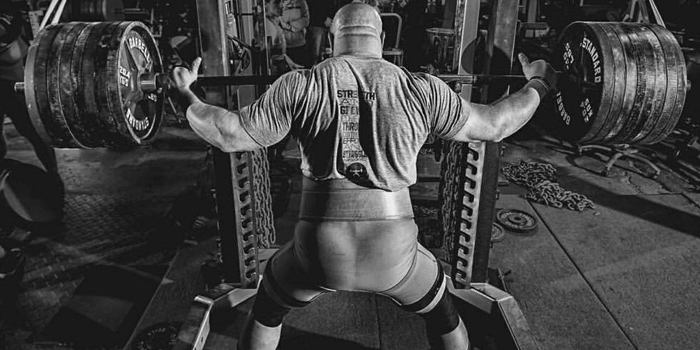
“When you walk into a gym, this is what people will normally see as their very first impression of the equipment. If the person who works the front desk is the first impression from a personal standpoint, the racks are from the equipment standpoint.” —Dave Tate
If it isn’t, it should be the first impression. The squat rack is the heart of a weight room. First, because, well, it is the squat rack.
Let me invite you on a backward trip into the history of the squat rack, starting from the advanced designs we have today and going back to when there were none — not even the simple pair stands. Of course, we still have simplified training environments that lack barbells. Looking for a squat rack there is like looking for one at a yoga, Pilates, or ballet studio. Although they address strength gains (and so does ballet), it is a different approach.
RECENT: From the Judge’s Chair: The Squat
A real weight room will have at least one squat rack, while complex, professional, or collegiate ones will have many.
The second reason why the squat rack is the heart of a weight room is that its modern version is so highly improved over the early stands that one can basically do a full body workout without leaving the squat rack. The growth of the fitness industry introduced a number of new devices and isolated muscle machines. They dominated this economic niche for decades (beginning in the 70s and peaking in the 90s). Paradoxically, the squat rack also evolved.
The video below, featuring elitefts CFO Steve Diel, illustrates how the squat rack defines his home gym:
With evolution, quality became an issue. While 80 years ago any Y-shaped steel stand strong enough to hold the weight was fine, and it was simple and very limited. With its modern additional capabilities, safety and functionality rank what is available in the market.
In 2009 I was squatting at a local gym in Brazil and preparing for a Powerlifting World Championship (a powerlifting competition where the objective is to achieve the highest total as the sum of the best squat, the best bench press, and the best deadlift). They had gotten a second-hand full rack and I didn’t notice that the lip on the left side bar hook was defective; it was bent, and instead of a 90-degree support, it was more likely a 110-degree support. I was still warming up, so no knee wrap, and I racked the bar with 120 kilograms/264 pounds. As soon as I felt the bar hit the hook lip, I let go. Big mistake. It slipped down through the defective lip while still on my back and twisted my body over the left leg. Then all I remember is looking up at the bar on the pins, lying flat on my back. Five people said random things such as, “Oh my god, the leg is broken”, “The knee turned back", and other pleasant comments.
The leg was not broken, but the ACL popped, all the menisci were crushed (as well as the cartilage), and a little bit of the tibia was nicked. This article is not about accidents and they will show up only to illustrate some important feature on the squat racks.
Lesson learned: A badly manufactured squat rack can be a source of serious accidents. That 80-year-old standing Y-shaped stand would be safer than this badly welded full rack. Luckily, the shitty rack had pins, but they were anything but straight. Watch Steve Diel’s video again for an explanation about the tube that goes over the pins. There are several other safety issues related to racks and I will explore them in a special item below.
In this article, I will give you a glimpse of the many variations of the squat rack, its use, and its customization, as it is done by elitefts.
Agreeing on Terminology
We had a hilarious discussion about racks when I insisted on calling them “power cages” and coach Harry Selkow clarified to me that “cage” is also a slang term for completely different objects. So, with Dave Tate to the rescue, we will adopt the standard terminology here:
Half Racks and Full Racks
Stands
Double Racks
Iso Racks 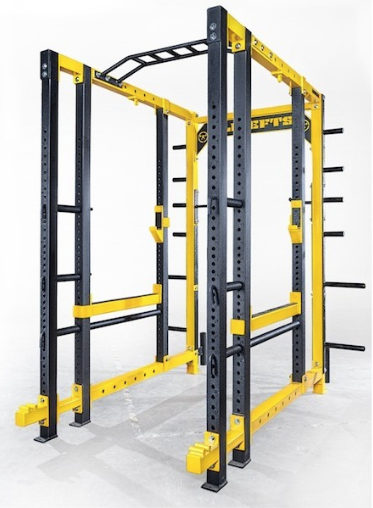
Monolifts
Stations
The Custom-Made Racks
In custom-made racks, anything is possible. What determines the rack design and their arrangement, as well as number of units, in a weight room is the program the coaches will be using. Elitefts offers full assistance from design to implementation. According to CEO David Tate, some of these items will determine design and arrangement:
- The number of athletes training at the same time, with the same program: If a university or professional training facility needs 20 to 30 athletes squatting at the same time, they will probably need double racks instead of single racks.
- Available space: Maybe a half rack with a small footprint will do the job.
- Branding: How much, if any, branding is needed on the equipment? If it is a business or recruiting school, more branding is required. The rack they select needs to have the space to place custom branding.
Here you will see some collegiate or professional training centers. Many have a line of identical racks. Some don’t.
Let’s start with Colgate University's weight room:
Here we see at least 12 identical sets of half-racks with iron plate storage, a bench, a weightlifting platform, bumper plate racks, and Olympic lifting bar support. It fits in the idea of being able to perform a full workout with the least possible moving around and confusion in the weight room, since each set is pretty much self-sufficient for whatever involves barbells and bodyweight exercises.
A similar arrangement was adopted by Camosun College Victoria (British Columbia, Canada), but with full racks:
Another such case would be the University of Richmond weight room:
Other institutions choose to do without the weightlifting platform, either because they want the space to be available for other activities or because the quick lifts are not at the core of their training program.
St. Cyr Sports Performance Academy is one such case. We still see the identical racks one beside the other, which may or may not mean that this arrangement is supposed to make it easier for a small number of coaches, frequently working alone, to efficiently supervise a large number of athletes.
A smaller facility, like Williamsville High School, might make better use of the space with just two double racks:
DeFranco’s gym has a smaller number of racks, but still the arrangement of a row of identical ones (iso racks) with a weightlifting platform:
The Virginia Commonwealth University weight room has a totally different design.
The rack design deviates more from the standards and they are distributed all over the space, suggesting less conditioning work at a turf and also a different perspective on supervision by the staff.
Many more examples can be seen at the elitefts Flickr account. Besides being fascinating and colorful, one thing is obvious from observing all these weight rooms: somebody had to plan them.
If you Google “gym design,” you will find software or online applications that do just that. Except not. There are irreplaceable items in the planning of a weight room (the bigger and more competitive, the more complex):
- Determining the relationship between the demographics of users and the best arrangement
- Figuring out some prediction concerning the rate of coaches to athletes, which also affects that arrangement
- Helping the institution (or its representative) envision the best design for the custom-made rack, taking into account predicted use and programs
- Budgetary concerns
- Other activities in the space and how to best organize the equipment
No software can do that. That requires different skills, including getting into the head of the coach and helping him translate his expectations into equipment design, spatial arrangement (the coach is trained at coaching and programming, not in equipment manufacturing or gym architecture), financial skills, and also a lot of knowledge about strength programs.
It is easy to expect such a conversation, or set of conversations, to take many hours. The squat rack is the part of the weight room less likely to be moved around. Supposing a gym wants to host a powerlifting meet, a seminar, or a party, it will be done somewhere else that is not the weight room, or everything else will be moved except the racks.
Image courtesy of Clint Darden
Equipment with Infinite Possibilities
Except for some types of conditioning work, an individual can perform 100% of their workout inside a full power rack. Here is an incomplete list:
Squats, Bench Presses, and Deadlifts and Their Variations:
- Deads
- Deficits
- Boxes
- Splits
- Rack Pulls
- Static Holds
- Pauses
- Complexes
Partial Movements:
- Dead benches, squats, and deadlifts from any height (also known as rack pulls for the deadlift)
- Isometric movements using the pins as resistance
Use of Implements (Bands, Chains, Blocks, etc.)
Other Exercises (Chin-Ups, Dips, Grip Work, Abdominal Work, etc.)
Many home gyms are basically one nice full squat rack. If it conveniently contains plate holders, your space issues are probably solved.
Image courtesy of Clint Darden
Safety Issues
As mentioned before, as squat racks became much more than simple stands to hold a bar, safety became more and more important. Any and all of these items can create safety problems that range from mild to lethal.
1. Convenience of Changing Pin and Bar Hook Height
The system adopted for attaching the hook to the column and the pins into their holes must be safe, but if it gets so complicated and cumbersome that people would rather leave the pins and hooks where they found them, it defeats the purpose of their existence (adjustment). People will start lifting with pins too low to offer any safety and will start un-racking the bar through mechanically unsafe, wrong, and horrible movements, such as plantar flexion for the squat or scapular abduction and shoulder protraction for the bench press. The resulting injuries are written with blood on the rack.
2. Size
Being a very small animal, it took me a while to understand why this is a safety problem. After all, I can perform gymnastics movements and stretching inside a rack. But if you have big guys like football athletes, a small rack can actually represent a safety problem because it will increase the chances of them bumping into things, not to mention a mechanical limit to finding the proper squat stance.
3. Sturdiness and Durability (Quality of Construction)
After the total destruction of my left knee joint because of a bent hook lip (the only reason I can see it was bent that way is very poor quality), I hope you take the whole quality of construction (steel thickness, welding, etc.) seriously.
I found some videos of things that should never happen with good racks:
Signs of Unsafe Product
Symbolic Walls – A Power “Cage”
I’d like to point out another aspect of the power cage that does not have, up to now, support from any systematic study. It is just my observation with many traumatized and non-traumatized people and my own experience (as a pretty screwed up person).
One of the reasons for resentment, feeling of inadequacy, rage, confusion, and a bunch of other possible very unpleasant feelings at commercial gyms, is that the protection of one’s privacy leads to an opaqueness of meaning. We are “protected” from too much interaction, but that protection comes at a cost: we can’t obviously understand the relationship the other people have with their training or their training equipment.
When people who are under mental suffering step inside a full power rack, they raise invisible symbolic walls of protection that make them feel free from unwanted human interaction. The four columns delimit a space. That space, as we saw the definitions in the home gym series, is either a hybrid between the private and the intimate space, or the intimate space itself. Nobody is welcome there and it is sometimes the first time in the day that individual will breathe deeply.
Image courtesy of Clint Darden
Why this happens is the same reason that lifters can react from badly to extremely badly if anyone steps over their loaded bar (for a deadlift, a snatch, a clean and jerk, or some variation). There are plenty of stories about misunderstandings in Olympic weightlifting competition warm-up areas where somebody was careless enough to “cross” a bar and the shocked lifter with that bar grabbed the person and made them “uncross” it. The platform around a loaded bar is a protected territory, too, and one much more exposed to altercations.
What I want you to take away from this last item is that the apparently empty space established by the four columns of a full power rack is much more than the most versatile support equipment ever created for strength development. It is also the well-limited intimate and private space of the lifter that is using it. The more the lifter is under chronic mental suffering (screwed up in the head), the more he will establish that relationship with his squat rack.
I would like to finish with a picture of my (still unassembled) new squat rack. I crossed a state line to pick it up. The next day a friend, who is also a very sensitive physician, told me he observed I was better. For almost two years I have been alienated from my squat rack — to be precise, since October 2015. A few months ago, it was wrongfully taken from me. I am very confident in my lawyers, but I have already given the rack another destination. The intimate relation I had with it was broken forever, and with it, part of my identity slowly leaked from whatever contained it.
Maybe it is no coincidence that my mind was clearer after I got my new full rack, my cage, my invisible temple.
Besides being an incredible piece of supporting equipment, squat racks are also powerful tools for the broken and lost to create a road back to themselves. Back home.










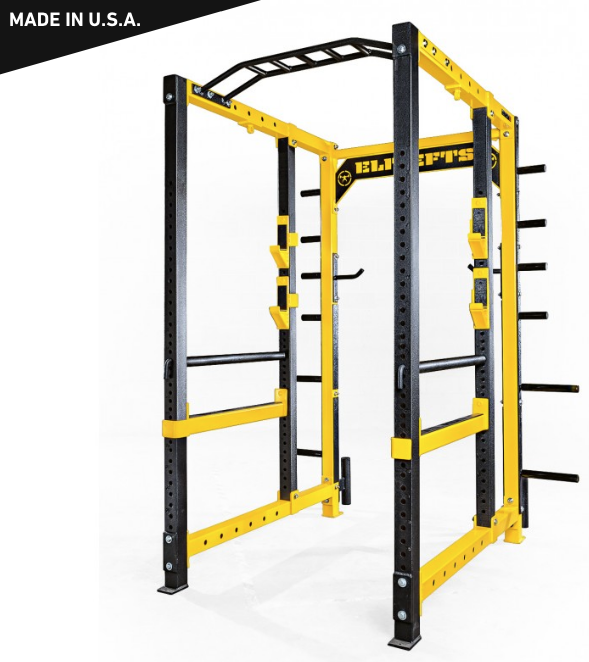
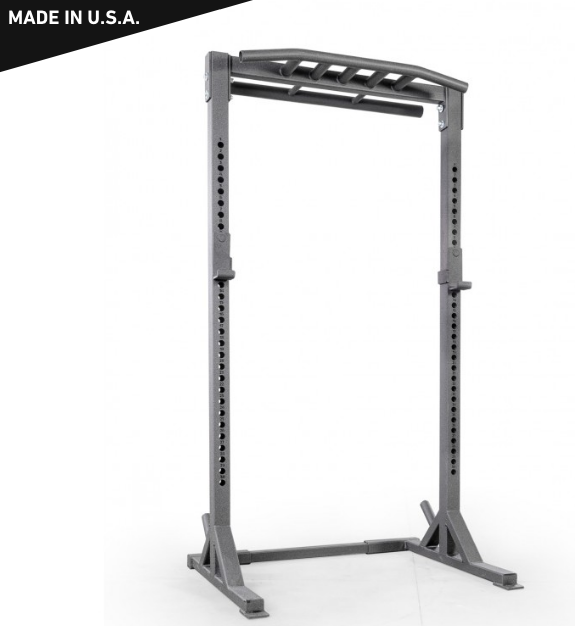
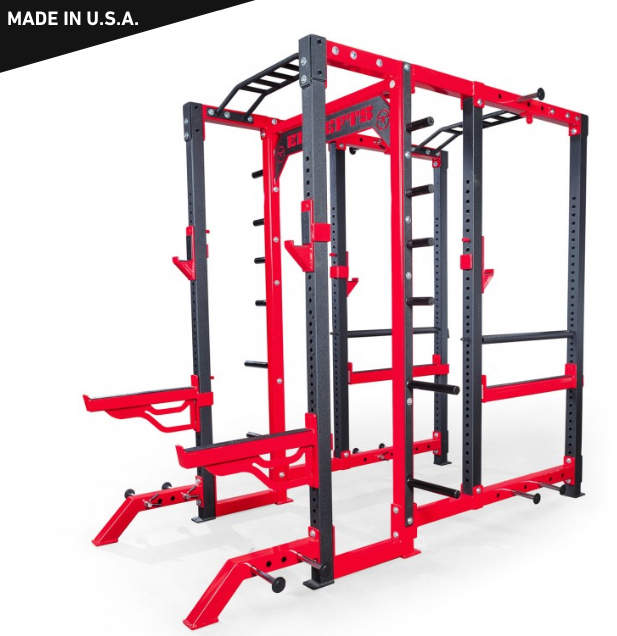
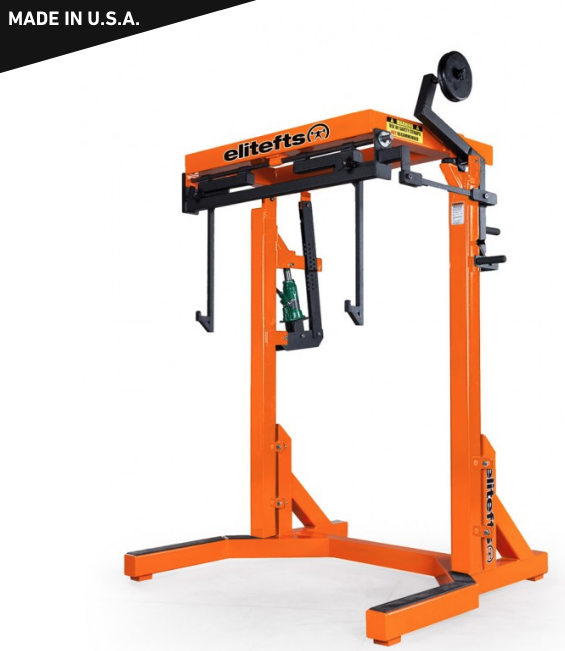
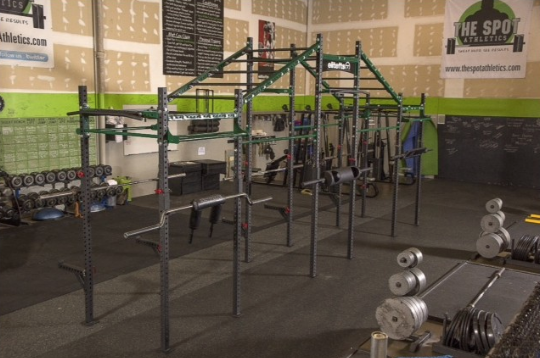
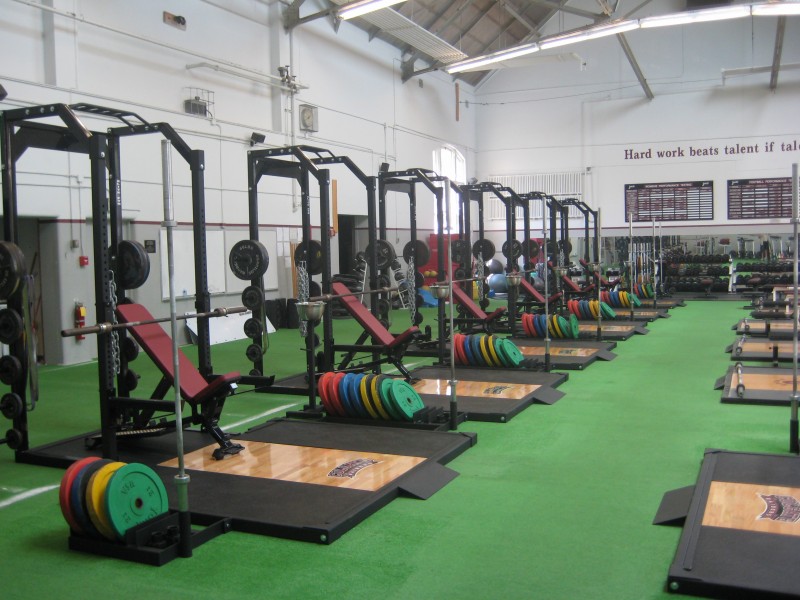
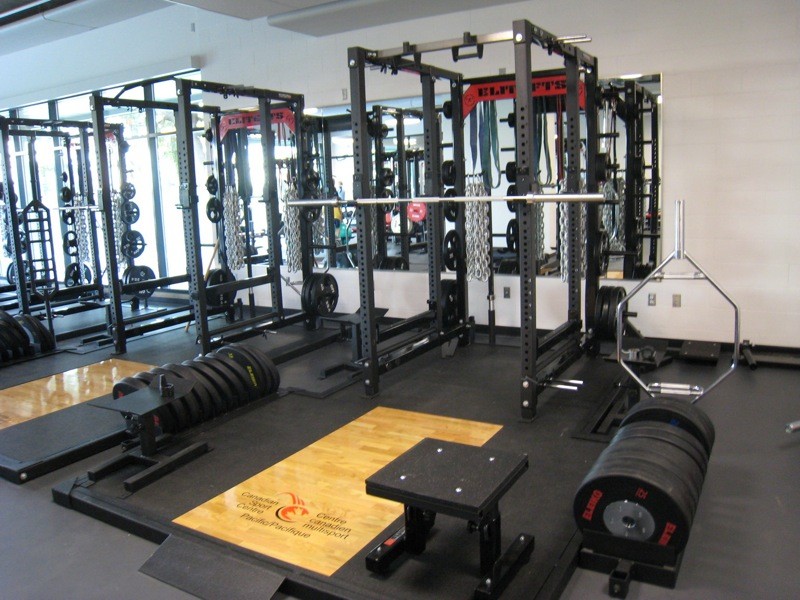
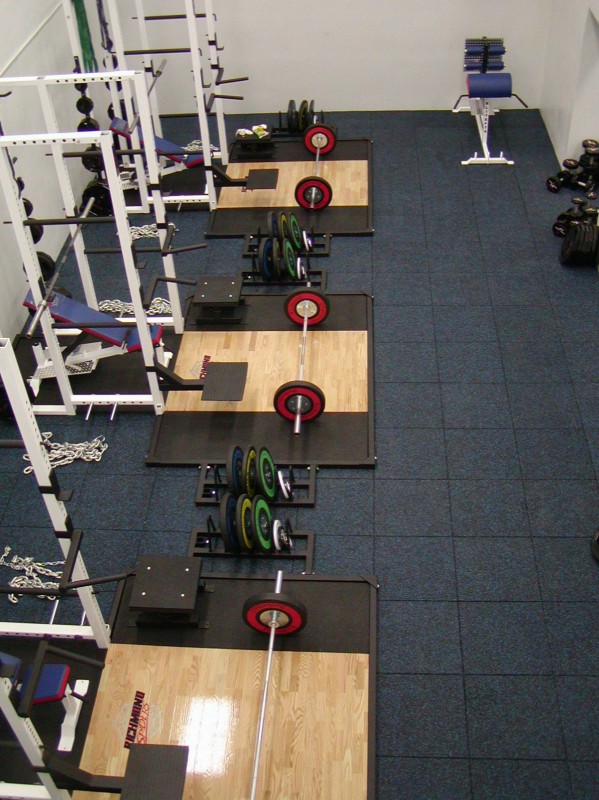
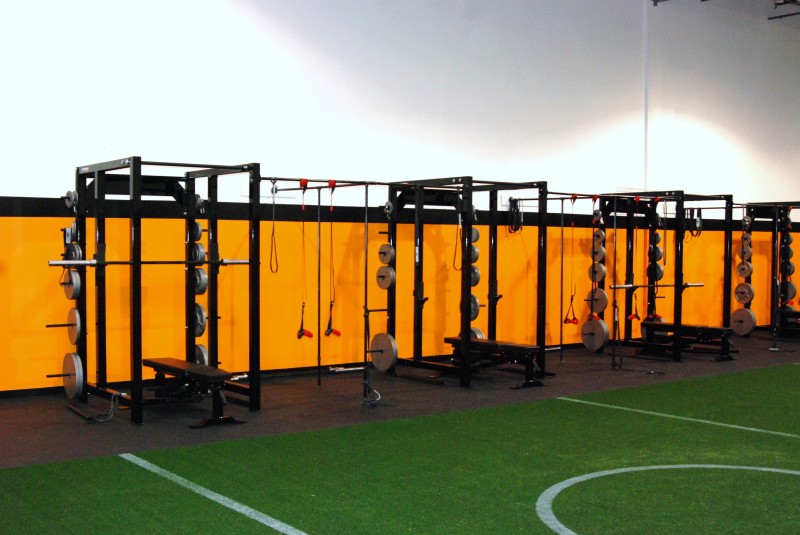
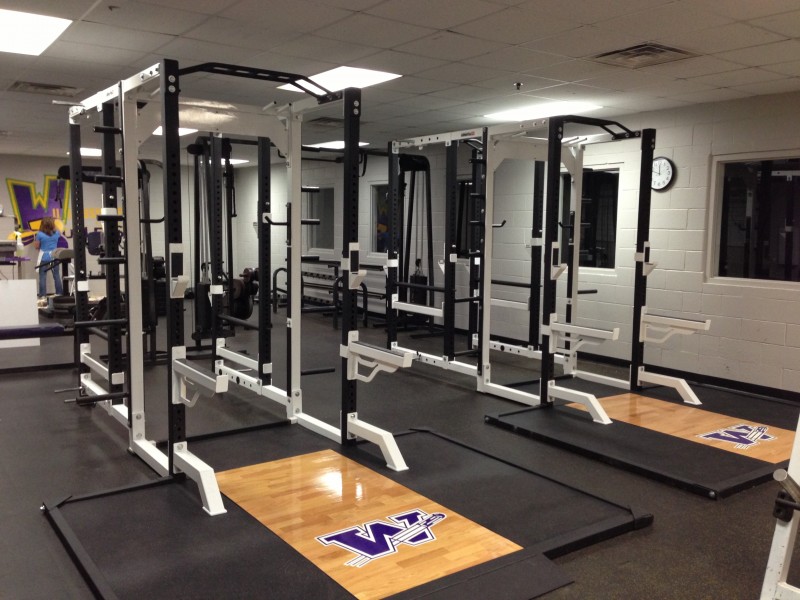
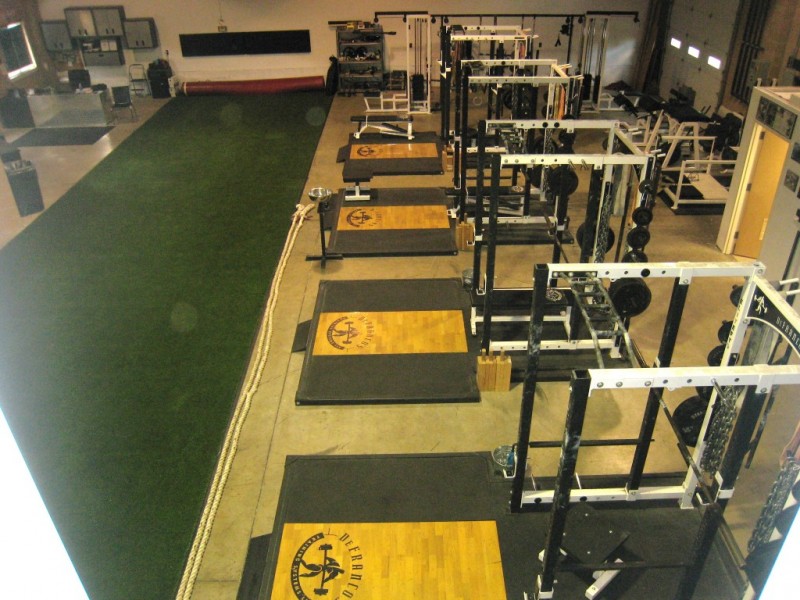
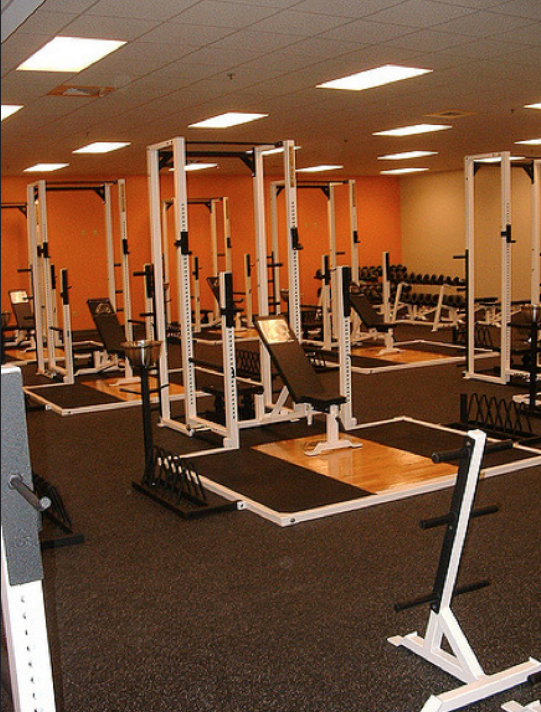
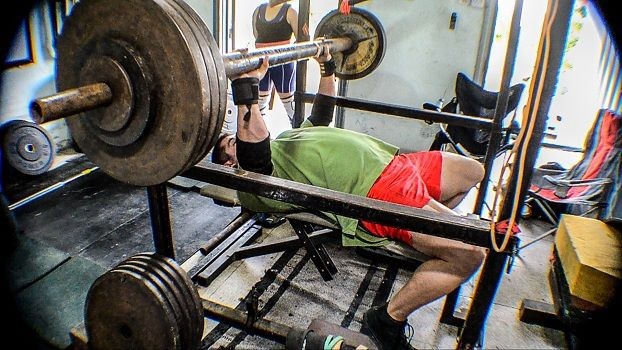
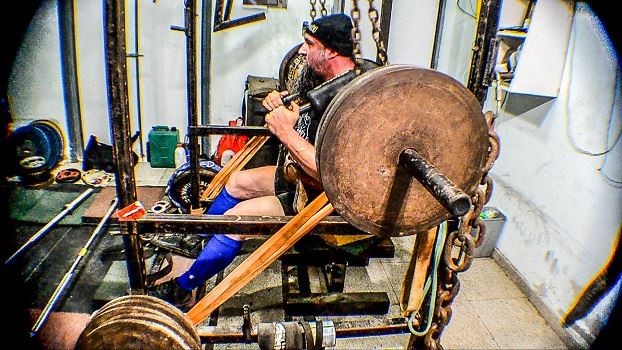
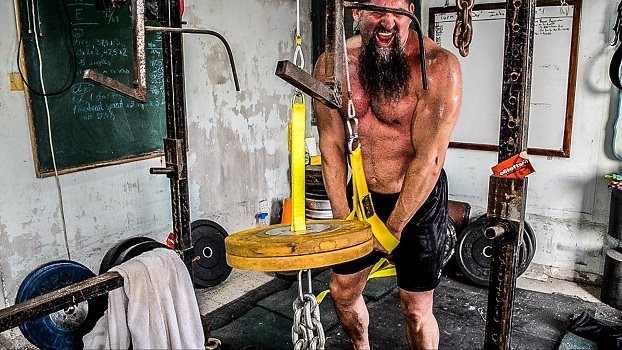
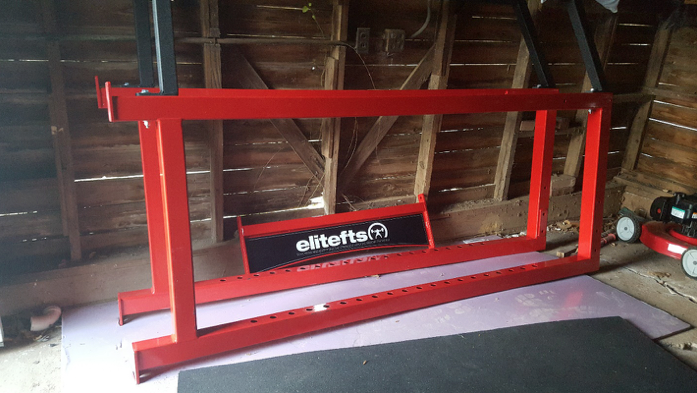
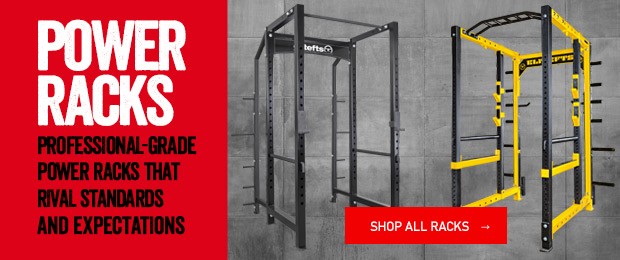
2 Comments